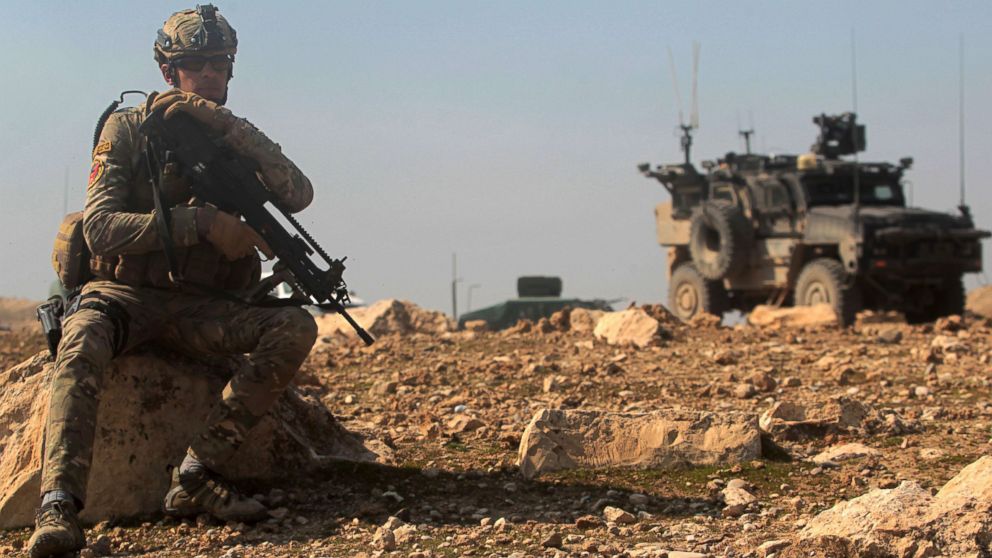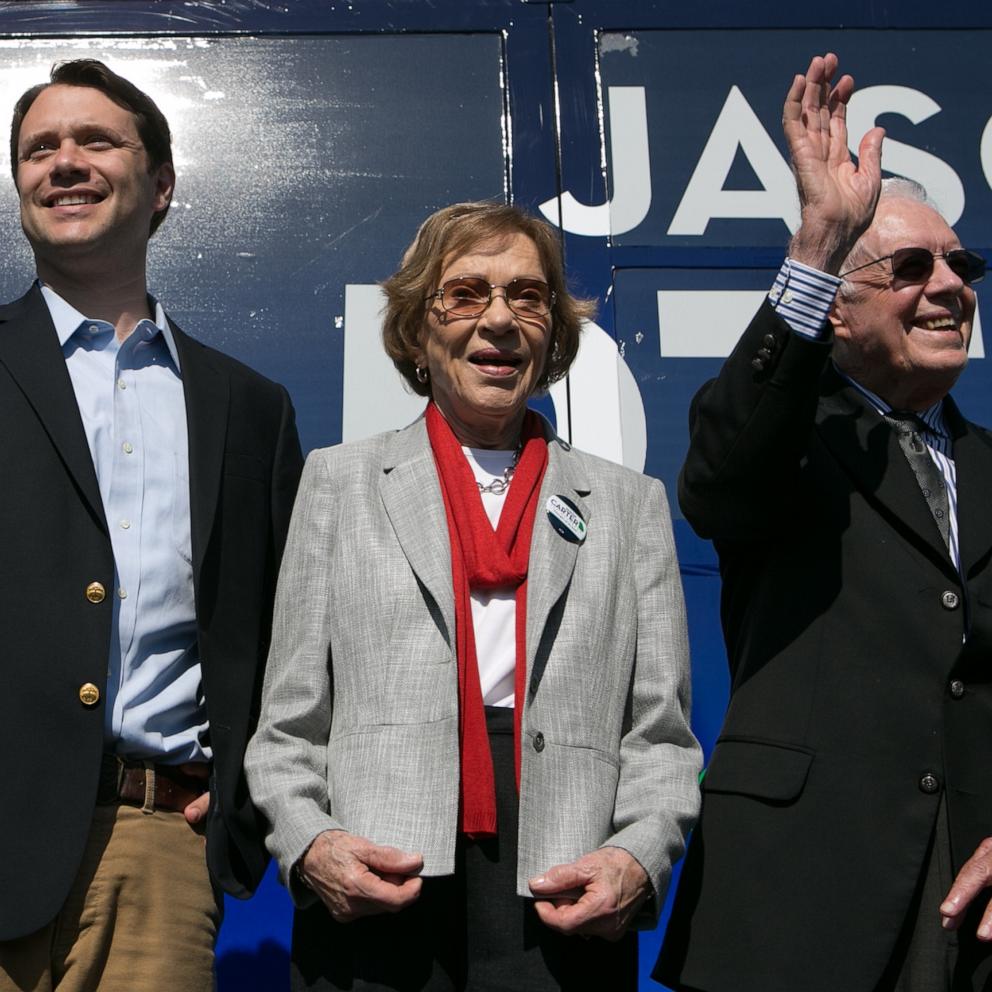Where the battles to retake Mosul and Raqqa stand
— -- Separated by less than 250 miles, the people of Mosul in Iraq and Raqqa in Syria are awaiting liberation from the Islamic State (ISIS).
Two campaigns, backed by the U.S.-led coalition to fight ISIS, are being waged simultaneously against a brutal enemy that has used civilians as human shields and will fight to death before surrender.
Now, three years after these cities came under siege, the battles to re-capture them are showing signs of success.
In Mosul, there are only a few hundred ISIS fighters. The Pentagon announced Thursday that the city's liberation could be just "days" away. In Raqqa, Syrian Democratic Forces have completely encircled the city.
"[ISIS] leaders have abandoned fighters to die, local fighters are being left to rot where they fall, while foreign fighters receive proper burials," Col. Ryan Dillon, spokesman for the American-led coalition against ISIS, said Thursday.
He described some of the remaining ISIS fighters as making "rookie mistakes," even blowing themselves up accidentally when preparing for combat.
Once the mighty capitals for ISIS in Iraq and Syria, "there is no hub anymore" for ISIS, Dillon said. ABC News looks at how the battles for these crucial cities have evolved.
MOSUL
June 2014 -- ISIS took control of Mosul, once Iraq's second largest city, in June of 2014. Shortly after, ISIS' leader, Abu Bakr al-Baghdadi, famously declared the creation of an ISIS caliphate in a speech at the ancient al-Nuri mosque, known for its leaning minaret.
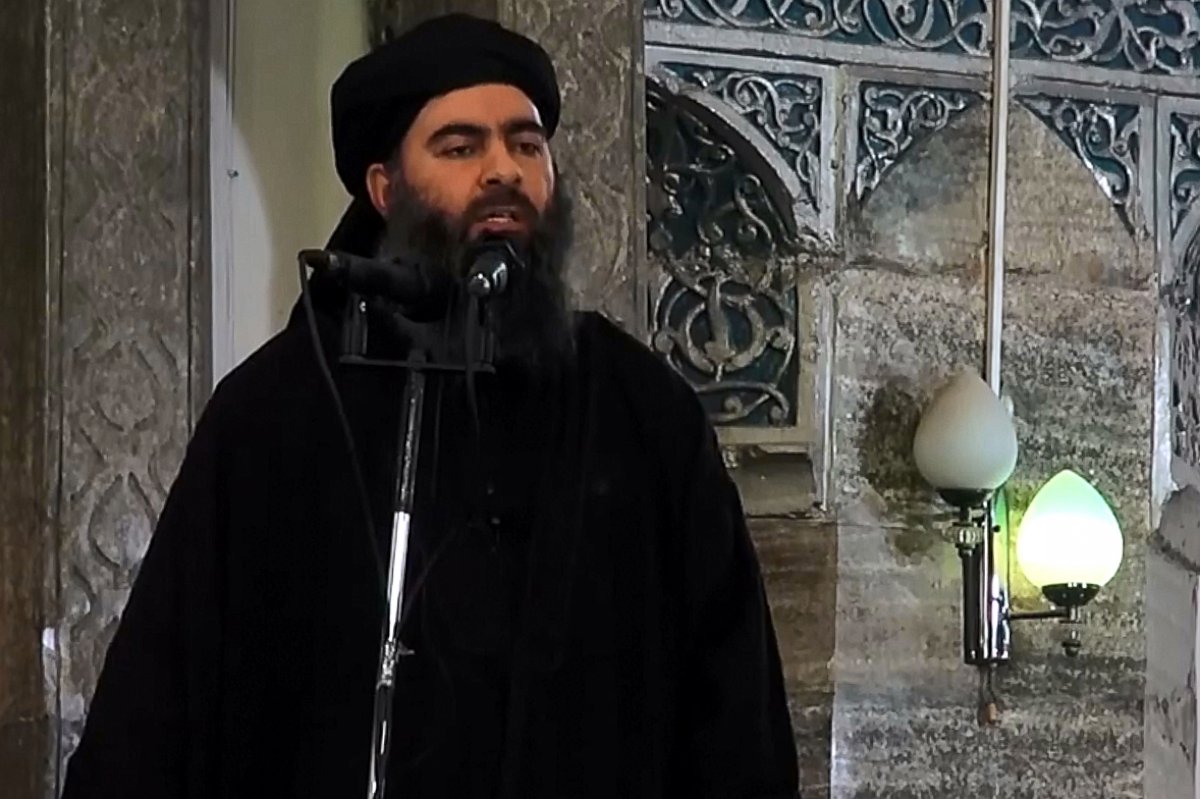
Oct. 16, 2016 -- Two years later, Iraqi Security Forces, backed by the U.S.-led coalition, announced the offensive to retake the city.
The force consisted of 18,000 Iraqi military personnel, 10,000 Kurdish fighters and 3,000 Iraqi police officers, according to Pentagon spokesman Capt. Jeff Davis. Coalition airstrikes and about 100 American military advisers assisted in the start of the operation.
The U.S. estimated that about 5,000 ISIS fighters and one million Iraqi civilians were inside Mosul.
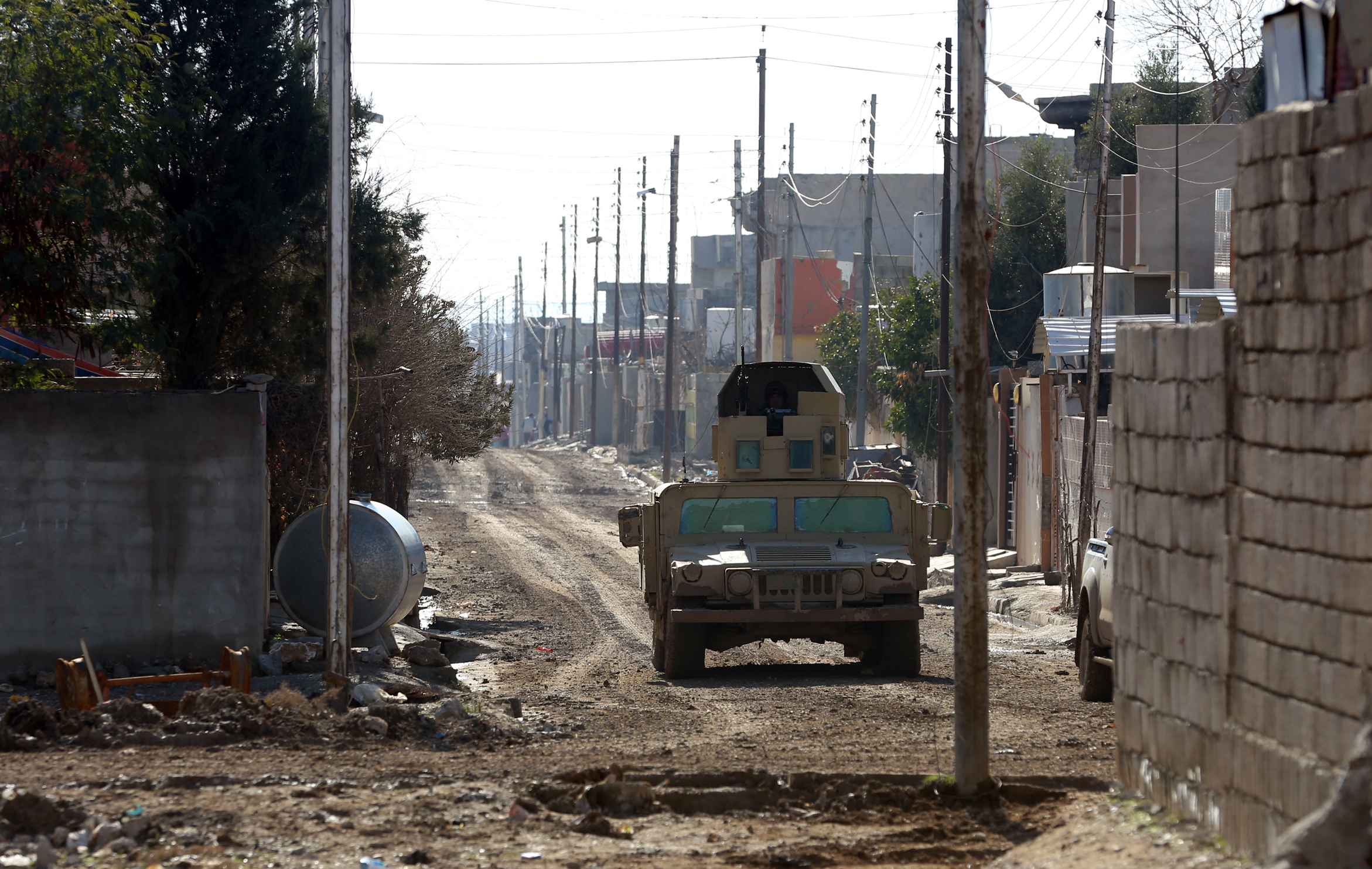
Jan. 24, 2017 -- Three months after the offensive began, Iraq's Prime Minister Haider al-Abadi declared that East Mosul had been liberated.
The coalition said they had assisted Iraqi Security Forces by conducting 558 airstrikes, destroying at least 151 vehicle-borne improvised explosive devices (VBIEDS), 361 buildings, 140 tunnels, 408 vehicles and 392 bunkers.
June 29, 2017 -- On Thursday, Dillon said Mosul could be liberated within "days," not weeks.
In a dawn offensive, Iraqi Security Forces liberated the al-Nuri mosque area. Forces were less than two square kilometers away from the mosque's ruins when the offensive began on Thursday. Dillon called the liberation of the mosque a "significant and symbolic recapture."
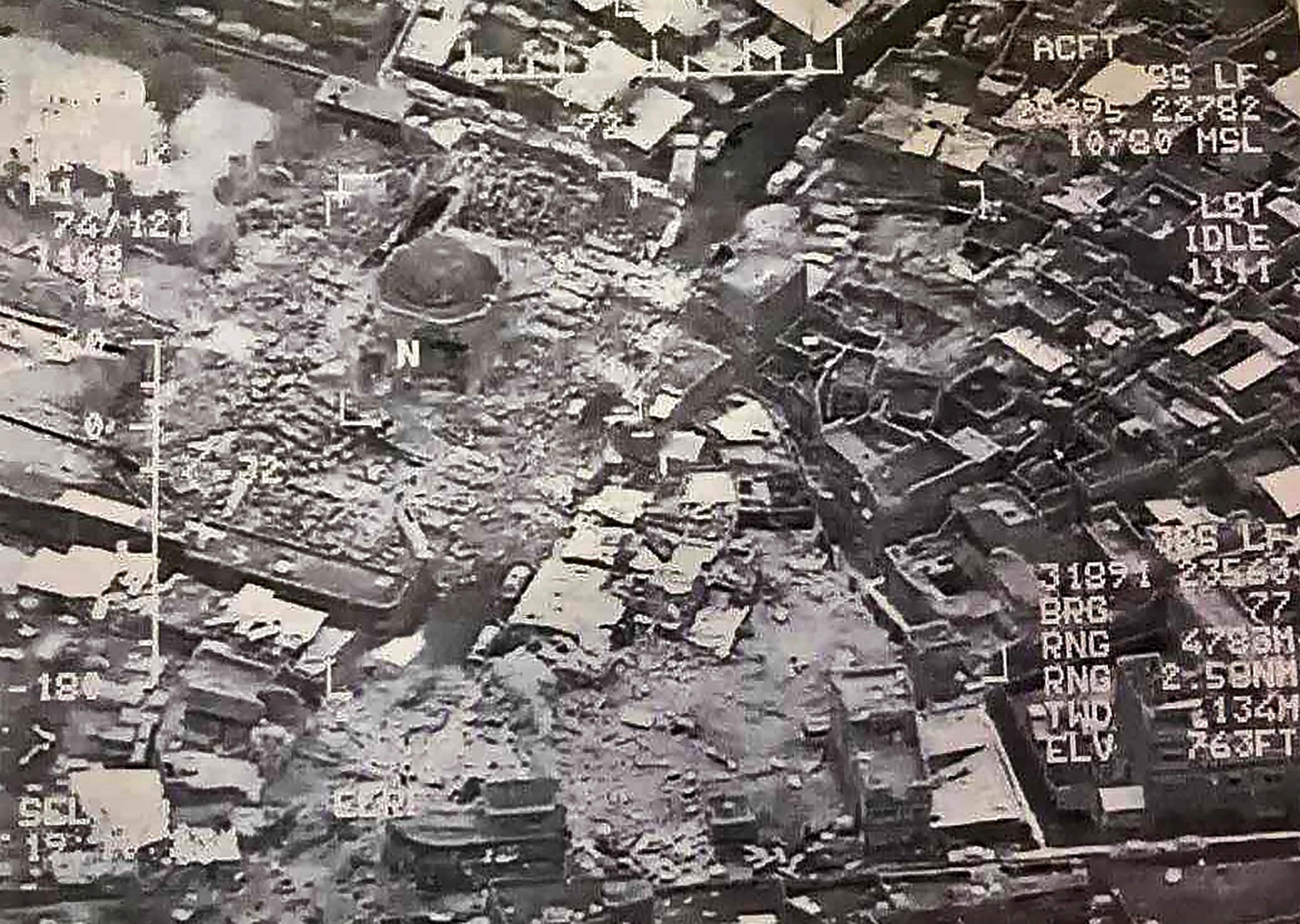
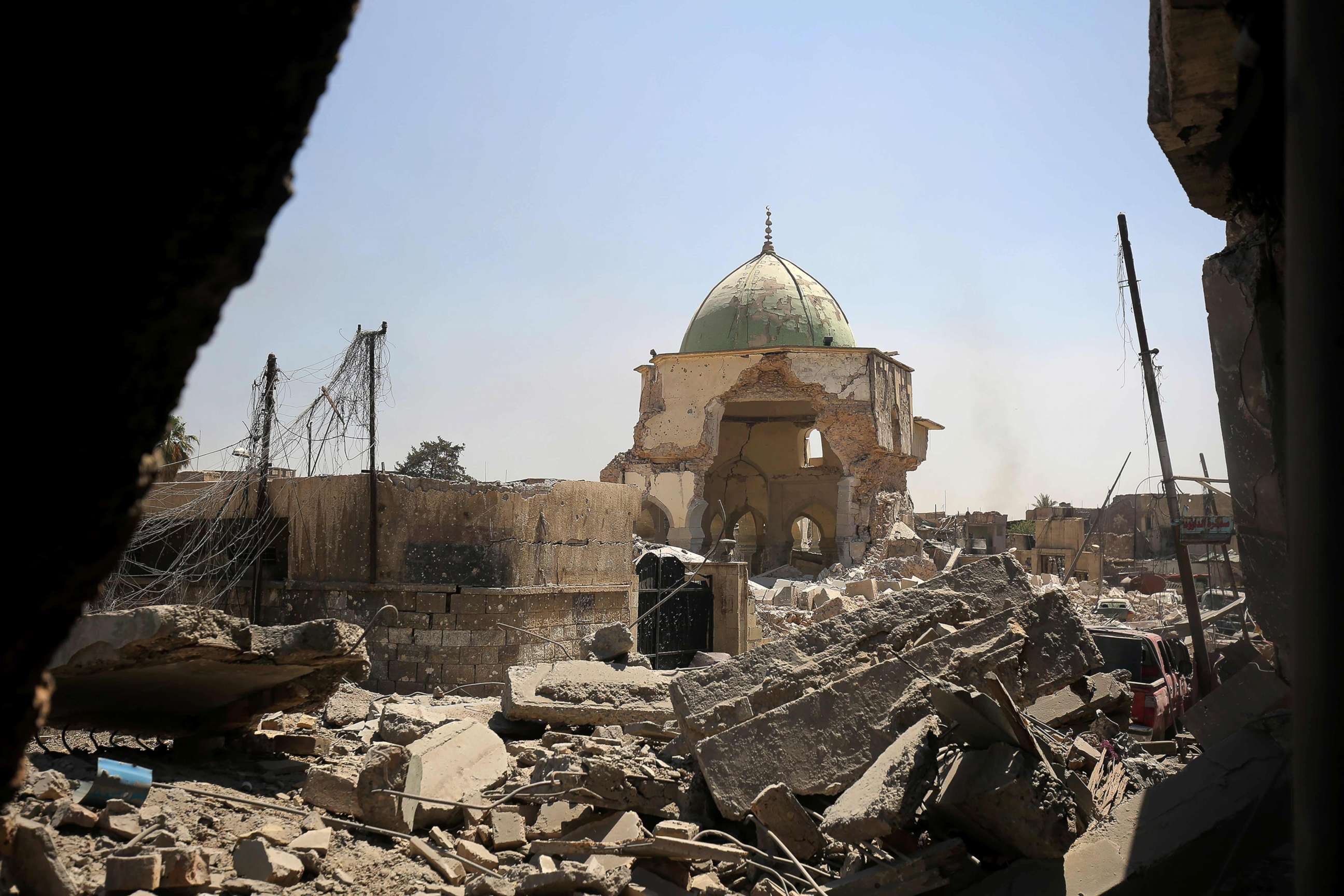
There are only two remaining ISIS holdouts in Mosul: the al-Jamhuri hospital complex and the Old City in western Mosul. Dillon described the hospital as an 11-story "killing tower" that ISIS has used to target civilians fleeing the city.
However, the Iraqi military's War Media Cell claimed Thursday that it had already retaken the al-Jamhuri hospital, as well as nearby facilities.
There's still a long road ahead for displaced residents hoping to return to their homes. So far, 191,000 civilians have returned to East Mosul, which Dillon said is in far better condition than western Mosul, which sustained more damage.
Iraq's Ministry for Migration and Displacement said last week that 700,000 have been displaced from western Mosul alone.
RAQQA
2014 -- ISIS was a presence in Raqqa since 2013 but consolidated its control the following year. Located in Syria's north, Raqqa would become a central hub for ISIS leaders and where external operations were plotted and planned.
Nov. 6, 2016 -- In November, the Syrian Democratic Forces (SDF), a diverse coalition of Kurdish, Sunni Arab and Syriac Christian, along with Kurdish forces, began retaking towns on the northern outskirts of Raqqa. These U.S.-backed forces began paving the way for the eventual assault on the city.
May 10, 2017 -- In May, the SDF recaptured Tabqa City, including the vital dam.
"The SDF accepted ISIS' surrender of the city to protect innocent civilians and to protect the Tabqah dam infrastructure which hundreds of thousands of Syrians rely on for water, agriculture, and electricity," the coalition said in a statement at the time.
"With Tabqah now liberated and Raqqa further isolated, the Coalition and its partner forces continue to hinder ISIS' ability to reinforce its self-proclaimed capital in Raqqa, prevented a potential humanitarian disaster, and ensured local citizens will continue to receive the dam's basic services," the statement added.

June 6, 2017 -- With the surrounding areas secured, the SDF, U.S.-backed coalition, and other coalition partners announced the battle to retake Raqqa city on June 6, 2017.
The Pentagon estimated that the SDF had 55,000 forces -- 29,000 of them Arab forces and 26,000 Kurdish forces. It was unclear how many were involved in the Raqqa offensive.
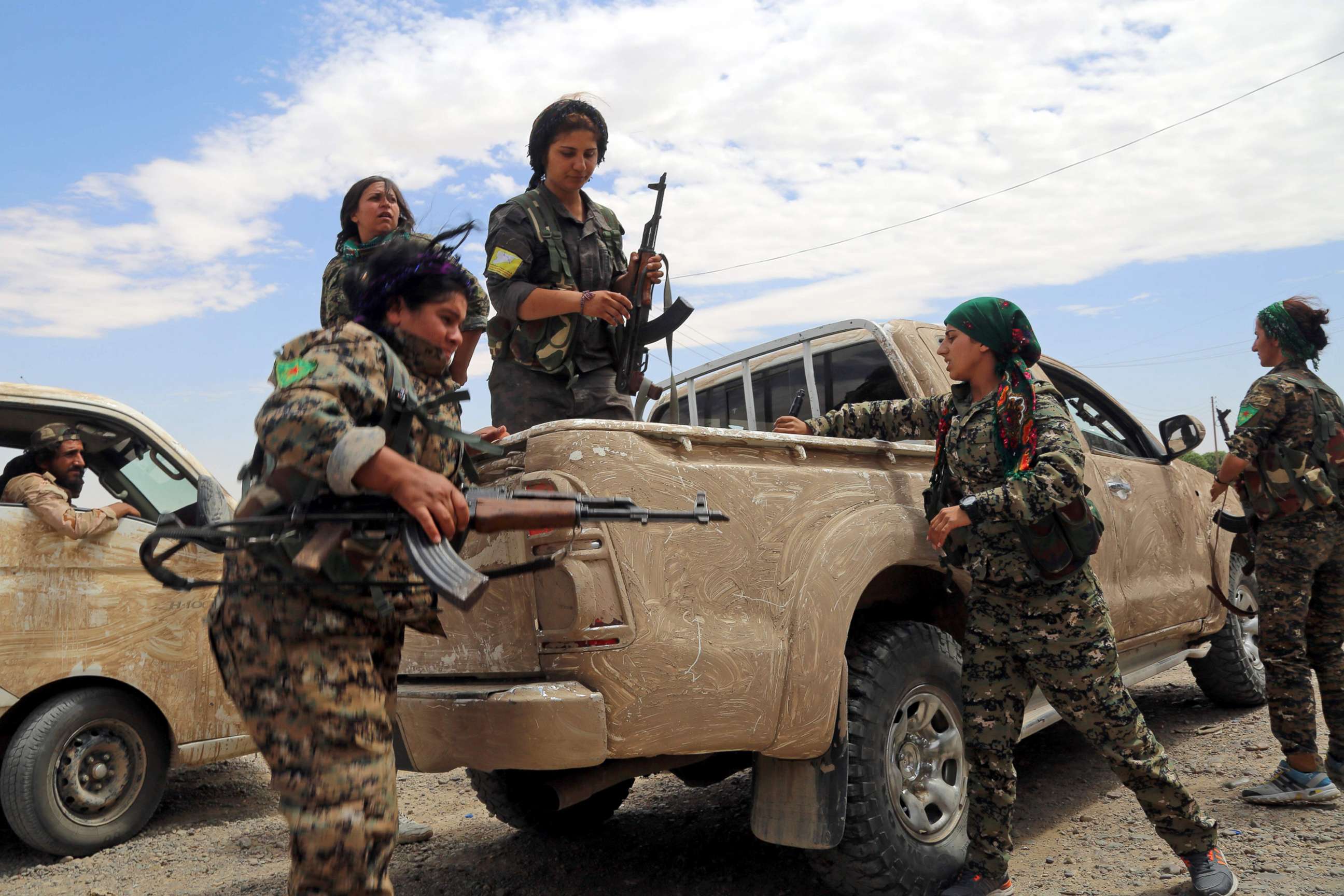
In anticipation of the long-awaited assault, Pentagon spokesman Capt. Jeff Davis said ISIS fighters had left the city and that ISIS leaders, media operations and administrative bureaucracy had moved elsewhere down the Euphrates River Valley.
U.S. military personnel operated in an "advise and assist" role, with a U.S. Marine unit providing artillery support and U.S. Army Apache helicopters also assisting in the operation.
June 29, 2017 -- SDF and other coalition partners encircled the city of Raqqa Thursday. They now control all high-speed avenues into Raqqa from the south, Dillon told reporters.
Col. Joe Scrocca, a spokesman for the U.S.-led coalition, told The Associated Press that an estimated 2,500 ISIS fighters were still inside the city.
